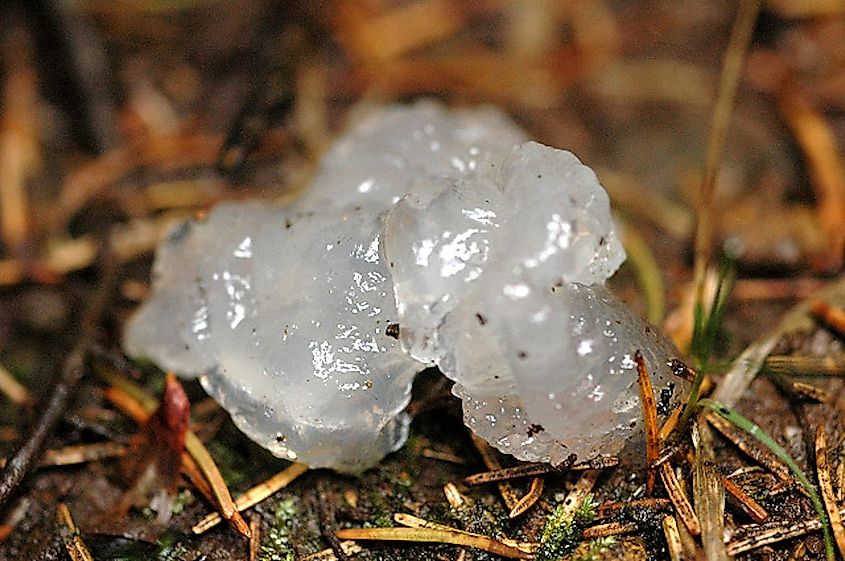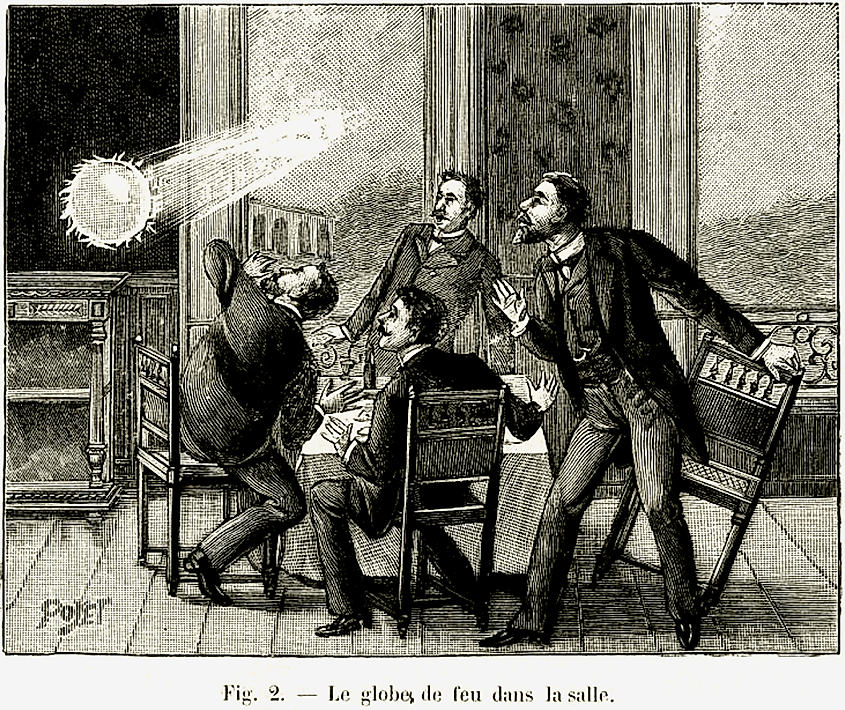Natural Phenomena That Continue To Baffle Scientists

- Some scientists believe the fairy circles found in Namibia and Australia are caused by termites.
- An astronomy professor thinks he may have solved the Wow! Signal mystery, but other scientists are not so sure.
- An unknown hum in a small town in New Mexico can only be heard by 2% of the population.
The world is full of mysteries and unexplained phenomena that have puzzled scientists over the years. As much as science and technology have advanced to help solve a lot of these mysteries, scientists have not been able to explain many natural phenomena.
Scientists and researchers have offered theories, but they have not been able to agree on any one explanation. Many have either refuted or put forth their own hypotheses.
Here are some natural phenomena that still baffle scientists.
Placebo Effect

The placebo effect is a phenomenon where a patient, or subject, is given a fake treatment or pill and reports an improvement in their condition.
Research on the effect has focused on the connection between the mind and body. Researchers believe the effect occurs because of people’s expectations. When they take a pill, they expect it to do something, so their body produces chemicals that have similar effects to real medication.
Studies have shown that even if subjects know they are taking a placebo pill, they still report improvements in their condition. While there have been extensive studies done on the placebo effect, scientists still do not understand how it works.
Fairy Circles

Barren, circular patterns called fairy circles cover the Namib desert in Namibia. These circles have mystified scientists for decades. The patterns can measure between 3.5 meters to 35 meters across. In 2014, researchers found similar fairy circles in Australia.
One theory claimed that fairy circles were a result of plants competing for water. Another explanation is termites eating away at vegetation around their nests.
However, researcher Stephan Getzin claimed that fairy circles found in some areas of Australia and Namibia did not have termites. He also argued that the hexagonal patterns were too precise to be caused by termites.
Earthquake Lights
People have reported lights appearing before or during earthquakes for years. The lights are described as bluish flames, light orbs, or quick flashes of light that resemble lightning strikes. The first known reports of these lights date back to 89 BC.
Physics professor Friedemann Freund says the lights can rise to 200 meters in the air, but how they work is still uncertain. Freund believes the lights are caused by a specific type of rock that may release electrical charges during a seismic wave. On the other hand, physicist Troy Shinbrot speculates that shifting grains around the Earth’s faults may create an electric charge. However, the mechanism of how this happens is not yet known.
Singing Sands

There are sand dunes in deserts that emit a singing sound. Explorer Marco Polo encountered one of these sand dunes while in China, and suspected evil spirits were behind the noises. But scientists have other theories.
Scientists originally believed the sound was from avalanching sand creating vibrations in the layers under the dunes. But they soon discovered that the avalanching sand itself produces the deep hum.
Parisian biophysicists theorize that the size of the sand grains determines the pitch, but they do not know why size matters. They also believe that the vibrations of the sand grains synchronize, but they also do not know why.
Wow! Signal
On August 15, 1977, the Big Ear Radio Observatory in Ohio was searching space when it detected a mysterious radio signal. It was loud and lasted 72 seconds. The signal never repeated, and multiple attempts to relocate it was unsuccessful.
In 2017, astronomy professor Antonio Paris published a paper claiming that he may have solved the Wow! Signal mystery. Paris said a comet's hydrogen cloud most likely caused the signal.
However, astronomers refuted the explanation, arguing that comets do not emit the right radio waves. Astronomer Jerry R. Ehman, who discovered the Wow! Signal, was also skeptical. He said that a comet would not have been able to produce a short signal that did not repeat.
Star Jelly

A mysterious, jelly-like substance has been appearing all over the world, from Scotland to Texas, for centuries. The substance, called star jelly, was reported as early as the 14th century when a physician claimed it could treat abscesses.
Scientists have tried to track down the jelly’s origins. Some theories say it is related to slime molds, types of slime bacteria, and some types of fungi. Another theory is that star jelly is the remains of frogs, toads, or other creatures. More specifically, the ovum jelly of frogs or toads. However, when the jelly was tested, it contained no plant or animal DNA.
Taos Hum
In the small town of Taos, New Mexico, only 2% of the population (called “hearers”) can hear a strange and mysterious hum. Known as the “Taos Hum,” it has no known origin and was first reported in the early 1990s.
In 1994, Joe Mullins of the University of New Mexico set up sensitive equipment in the “hearers’” homes but found nothing unusual. He was not able to find the source of the hum nor figure out why only 2% of the population heard it.
Places all over the world have also heard strange hums. The city of Bristol in England reported a hum in the 1970s. The town of Largs in Scotland heard a hum in the late 1980s.
Ball Lightning

Ball lightning is a phenomenon described as glowing, electric orbs that appear during thunderstorms. Sightings are rare, but scientists have offered possible theories on its cause.
Some believe microwave radiation could become encased in a plasma bubble, creating ball lightning. Another explanation is the orbs are light trapped inside a sphere of thin air. Despite several theories, scientists are still not certain as to what causes it.
Skyquake
A skyquake is described as a loud, powerful boom. This phenomenon has been reported worldwide for centuries. In 2017, there were more than 64 different incidents involving a skyquake worldwide.
No one has yet been able to find the cause of skyquakes. Many theories include large meteors entering the atmosphere, meteorological phenomenon involving clashing air masses, and coronal mass ejections that can cause shock waves that break the sound barrier.
An explanation that many agree with is supersonic aircraft that produce sonic booms. However, this theory cannot explain the incidents that preceded supersonic jets.
Fast Radio Bursts
Fast radio bursts (FRBs) are high-speed bursts of radio waves coming from deep space. Scientists first discovered FRBs in 2007, but they have been around for billions of years.
No one knows what causes FRBs, but physicists assume they come from cataclysmic events. Scientists have also detected FRBs that have a repeating pattern.
In April 2020, astronomers discovered a radio burst in the Milky Way galaxy that came from a magnetar. Astronomer Emily Petroff believes this discovery is “by far the most promising piece of evidence.” However, scientists claim the burst in the Milky Way was about 1,000 less energetic than FRBs coming from distant galaxies and does not explain why some FRBs repeat.











